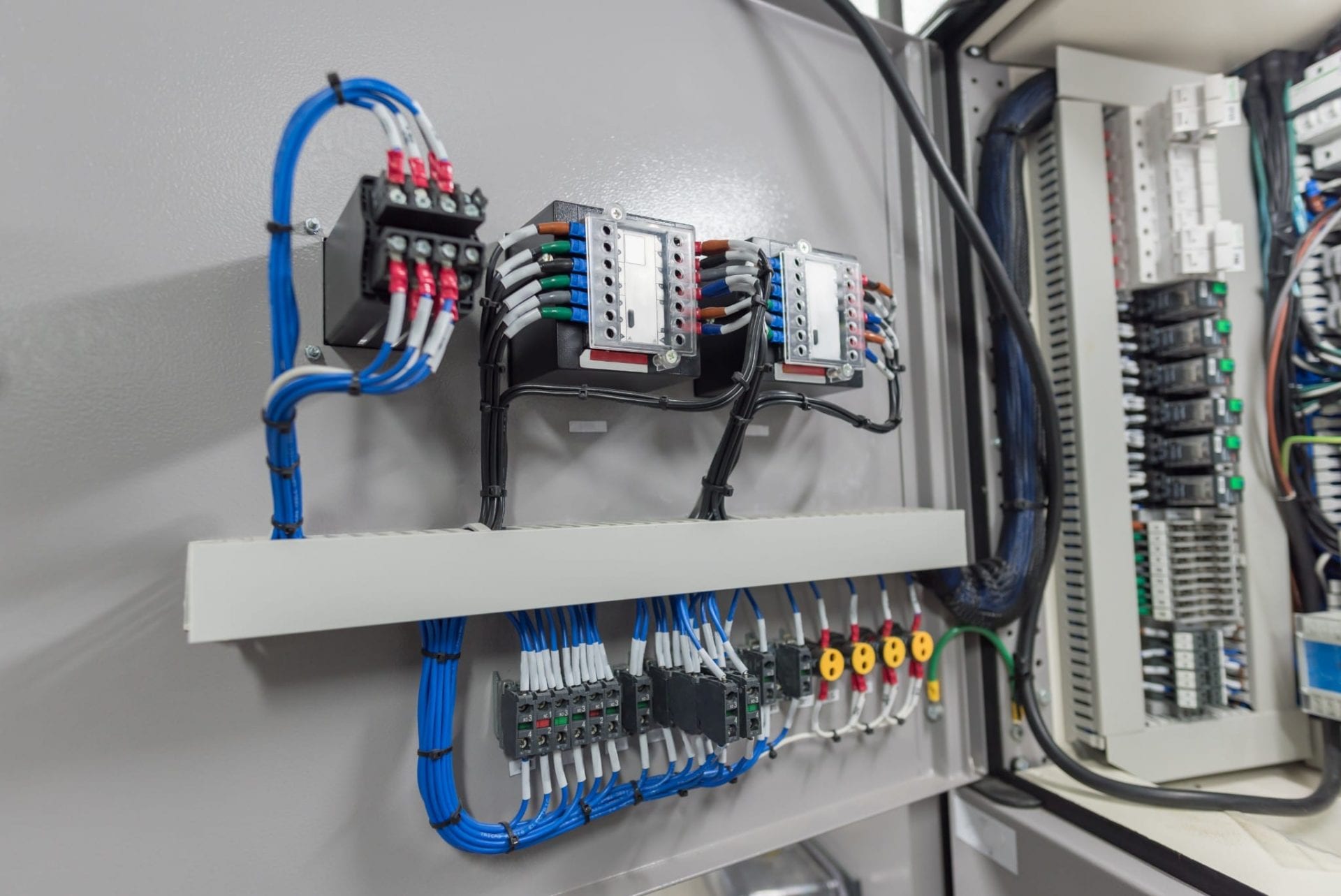A Beginner's Guide to Electrical Wiring: A Detailed Overview

The electrical wiring is an essential component of any home and understanding it is crucial for each homeowner. Not only is it helpful to ensure the efficient running of your house, but it is also crucial for your security. In this article, we’ll discuss the basics of electrical wiring as well as the importance of security, and the benefits of hiring a licensed residential electrician for all electrical wiring needs.
Understanding the basics of electrical wiring
Wiring for electrical purposes is the system of electrical conductors that runs throughout your home, providing electric power to appliances, devices, and lighting fixtures. It functions by creating electrical circuits that connect your sources of power with your gadgets. Circuits for electrical power are comprised of wires, switches, along with other electronic components, which function to form a secure and efficient electrical system. There are different types of electrical wiring, such as copper, aluminum, and types of wire insulation like PVC or rubber.
Preparation and Planning for Electrical Wiring
Before you install an electrical wire, you must consider a variety of factors to consider, including the kind of wiring that you require, the power capacity of your electrical system, and the power requirements you require. In addition, it is essential to be aware of the electrical rules and regulations for wiring as well as the permits needed in your locality. To be prepared your electrical wiring system, create an electrical plan and evaluate your electrical needs. This will to ensure your wiring system is secure efficient, reliable, and meets the power requirements of your home.
Materials and Tools Required for Electrical Wiring
When making new electrical wiring, it is crucial to have the proper materials and tools on hand. The most important tools are wire cutters, strippers, pliers, as well as an electrical voltage tester. Other materials needed for wiring electrically comprise electrical tapes, wire nuts conduit, along with electrical boxes. It’s also useful to have a wiring diagram to guide you through the installation process.
Step-by-Step Instructions for Installation of Electrical Wiring
Installation of electrical wiring can be complicated, but with the right tools and knowledge it can be accomplished quickly and safely. Here is a step-by-step guide to installing new electrical wiring at home:
Shut off the power source to the location where you’ll be working.
Plan the wiring layout and mark the location where the wiring will be positioned.
Install electrical conduits and electrical boxes where necessary.
Cut and strip wires to the appropriate length.
Connect the wires to the fixtures or devices you’re wiring.
Make sure the wires are secured with wire nuts, electrical tape, or conduit straps.
Check the wiring to make sure that it’s working properly.
During the installation process it is essential to follow wiring installation best techniques and guidelines. Also, be aware of the common mistakes that you should avoid while installing wiring like overloading circuits, using damaged wires and using the incorrect type of wire.
Troubleshooting Electrical Wiring Problems
Even with careful design as well as installation problems can occur. Common issues include wiring problems, overloads in circuits as well as electrical shorts. To solve these issues, it is important to know about common electrical wiring problems and understand how to effectively and safely solve these issues. In addition, it is essential to follow electrical safety procedures when troubleshooting electrical wiring issues, such as turning off the power and wearing protective gear.
Conclusion
Understanding the how your electrical wiring is wired in your home is vital to your safety and the efficient operation of your electrical system. It is important to hire a licensed electrician to make sure your wiring is installed and maintained in a proper manner. At Local Electrician Inner West, we provide various electrical services, including wiring installation and repair. Reach out to Local Electrician Inner West at 1300 610 481 for all your electrical wiring requirements.
Electrical Wiring FAQ
Here are some commonly asked questions about electrical wiring. They also include additional safety tips and the best practices for electrical wiring repair and installation:
What type of wire should I use to wire my electrical circuit?
The type of wire you should use for electrical wiring is contingent on the particular requirements of your project and the local building codes. It is crucial to select the correct wire gauge as well as the appropriate insulation type and wire material to ensure safety and efficiency that your electric system is running at its best.
Do I have to install myself my own wiring for electrical use?
While it is possible to create the wiring yourself, it is essential to have the proper skills and knowledge to complete the task safely and efficiently. In the majority of cases it is advised to engage an authorized electrician to ensure your wiring is properly installed and maintained properly.
How often should I have my electrical wiring inspected?
It is suggested to examine your electrical wiring every 10 years or when you spot signs of electrical problems for example, frequent circuit breaker trips or electrical shocks.
What do I do if notice electrical wiring problems in my house?
If you notice any electrical wiring issues within your home, for example, flickering lights or outlets that won’t function, it’s important to take action immediately. Switch off the power source to the area in question and contact an authorized electrician to assess and repair the issue.
If you follow these guidelines and the best practices, you can ensure that your electrical wiring is safe and working in a safe manner. Be sure to put safety first and get a certified electrician whenever you need to. Reach out to Local Electrician Inner West at 1300 610 481 for all electrical wiring issues.
